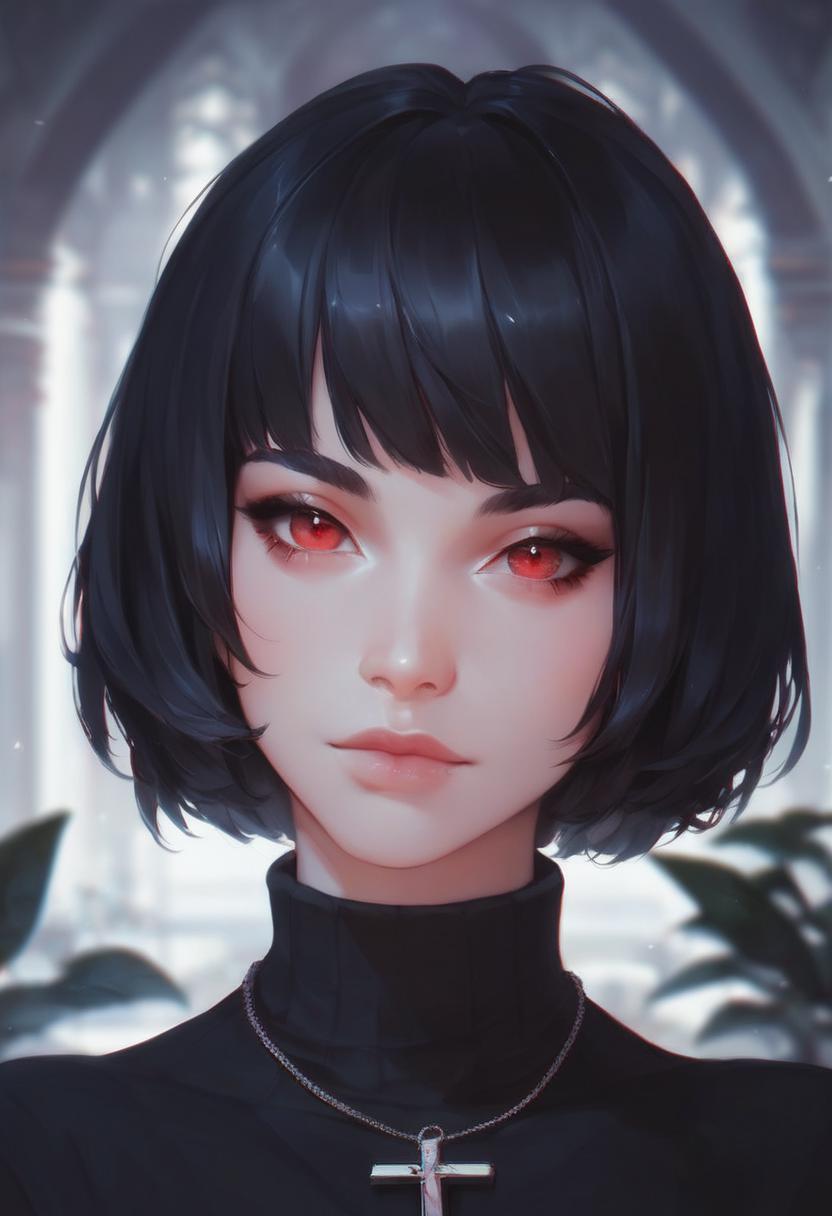Exploring AI Character Art Generation: Methods, Models, and Personalization on Taptale.ai
As artificial intelligence (AI) technology continues to evolve rapidly, AI-generated character art has become a hot topic in digital art and virtual character creation. These AI-generated characters play a significant role across various fields such as gaming, anime, and virtual reality, while also providing creators with vast creative potential. Behind these technologies lie complex models and algorithms, including deep learning, Generative Adversarial Networks (GANs), and Variational Autoencoders (VAEs). This article will explore some of the mainstream AI character art generation methods and briefly discuss the model tuning techniques behind them, with a particular focus on how platforms like Taptale.ai utilize AI to create personalized and dynamic AI character images.
1. Generative Adversarial Networks (GANs) and AI Character Art Generation
Generative Adversarial Networks (GANs) are one of the most widely used methods in AI character art generation. A GAN consists of two main components: a generator and a discriminator. The generator’s job is to create realistic images from random noise, while the discriminator’s role is to distinguish between real and generated images. Through this "adversarial" process, the generator continually improves, eventually producing highly realistic AI character art.
In the application of AI character art generation, GANs are used to create realistic human-like characters, virtual personas, and other types of character images. To make the generated characters more personalized, developers often train the generator with different control parameters, such as facial features, hairstyles, clothing, and backgrounds.
2. Variational Autoencoders (VAEs) and Style Transfer
In addition to GANs, Variational Autoencoders (VAEs) are also widely used in AI character art generation. VAEs work by encoding the input image into a latent space distribution via an encoder and then decoding this information into a new image. The advantage of VAEs is their ability to learn the underlying distribution of the data, allowing them to generate more diverse and creative images. In AI character art generation, VAEs can be used to create characters with different styles or appearances, such as characters with varying outfits, facial expressions, or poses.
Style transfer is another technique frequently used in character art generation. It involves deep neural networks that apply the style of one image (e.g., color, texture, and line work) to another image, creating AI character art with unique stylistic features. On platforms like Taptale.ai, users can customize styles and appearances to create unique character designs.
3. NSFW AI Character Art Generation
As AI character art generation technology advances, some AI platforms (like Taptale.ai) have begun supporting the generation of NSFW (Not Safe For Work) character art. On these platforms, users can create AI characters with adult content or gender-specific features. The generation of such images requires more refined control and tuning, particularly in image generation models, to avoid creating overly blurry or distorted images.
However, generating NSFW AI character art comes with ethical and legal challenges. Many AI platforms and developers need to ensure that the generated images comply with relevant laws and regulations, setting up filters and safety mechanisms to prevent misuse. Taptale.ai, as an AI character chat platform, takes particular care in managing privacy and content safety when offering adult content-related services, ensuring that all interactions comply with community guidelines.
4. Model Tuning and Personalization
AI character art generation is not only a technical process but also involves detailed parameter tuning. To achieve the desired outcomes, developers need to fine-tune several hyperparameters of the model, including learning rate, batch size, and regularization methods. In addition, for AI character art generation, developers often personalize the designs based on user needs, such as the character’s personality, age, gender, and emotions. Platforms like Taptale.ai allow users to adjust character traits dynamically, enabling real-time customization of both the appearance and conversational style of the character, enhancing the overall user experience.
Conclusion
The advancement of AI character art generation technologies has opened up endless possibilities for digital art and virtual world creation. From GANs to VAEs and style transfer techniques, these methods each have their strengths and weaknesses, but they all aim to generate richer, more personalized character images through AI. On platforms like Taptale.ai, users not only generate lifelike character art but also interact with these characters, further enhancing their emotional expression and personalized traits. As technology continues to evolve, AI character art generation will become increasingly intelligent and personalized, bringing about significant innovations in virtual socialization and interaction.
To learn more about the applications and explorations of AI character art generation, visit Taptale.ai.





